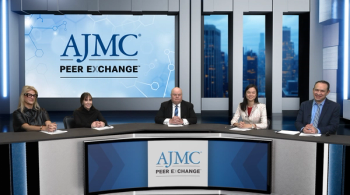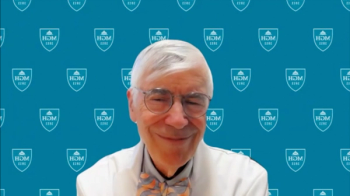
Anticoagulant Use to Prevent Stroke in Patients With NVAF
Michael B. Bottorff, PharmD: The clinical burden of atrial fibrillation is pretty significant in the United States. I can give you some statistics from the CDC (Centers for Disease Control and Prevention) in Atlanta (and they use a variety of different sources for this, including the American Heart Association): there are about 6 million people in the United States that have atrial fibrillation—that’s 2% or less of the population age 65 and below, but 9% of the population of the age 65 and greater. So, it does represent a disease of, primarily, the elderly population.
There are about 750,000 hospitalizations every year associated with atrial fibrillation, so the cost burden is primarily related to those hospitalizations. That results in approximately 130,000 deaths. And then, if you look at the cost burden, it’s estimated to be over $6 billion a year.
There’s a very strong relationship between atrial fibrillation, particularly nonvalvular atrial fibrillation, and the risk for stroke. There’s Framingham data that’s been around for a long time that projects that if you have atrial fibrillation, compared to similar looking patients who don’t, the risk of stroke is about 5 times higher. Now, for individual patients, it will probably depend what that individual stroke risk is based on a lot of other individual patient characteristics.
The association of stroke in nonvalvular atrial fibrillation, and the importance of anticoagulation in that setting was first studied back in the 1990s with warfarin trials. And compared to not using any anticoagulant at all, those warfarin studies were associated with about a 65% reduction in the risk of stroke. So, it’s a very important component of risk reduction in atrial fibrillation—using an anticoagulant.
It’s difficult, sometimes, to assess how appropriate these agents are when used in patients with atrial fibrillation because, unfortunately, a lot of trials show the patients who should be getting full anticoagulation are actually not receiving it. And some of those estimates are that as many as half of atrial fibrillation patients are not being adequately anticoagulated.
Newsletter
Stay ahead of policy, cost, and value—subscribe to AJMC for expert insights at the intersection of clinical care and health economics.



























































